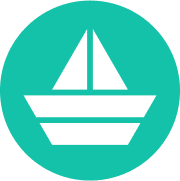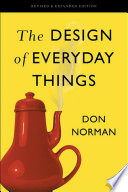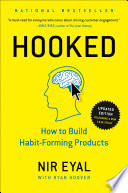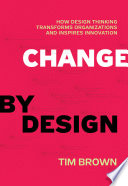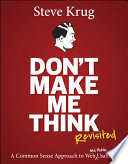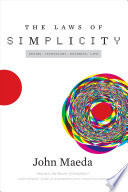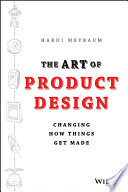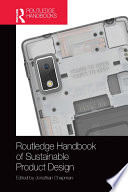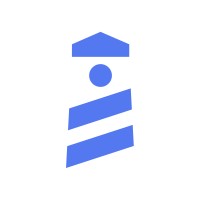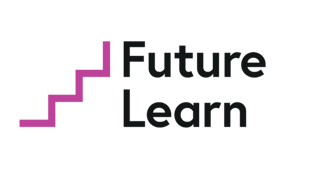How to become a Product Designer
Becoming a Product Designer is an in-demand career
path. It
requires deep expertise in Product Design and a
strong network to carry you along. Here are some resources to help you on your journey.
Browse
Product Design
experts
Why should you become a
Product Designer?
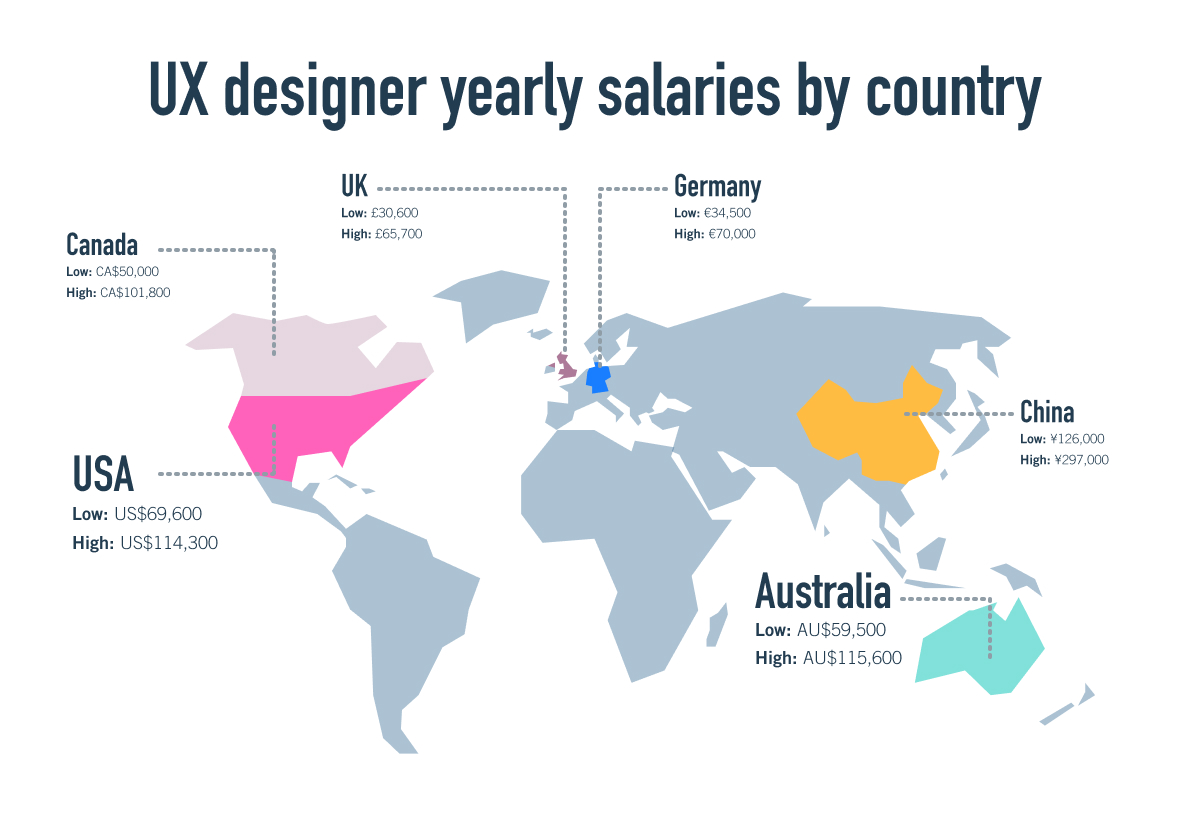
Demand for experts in Product Design is growing rapidly. Companies are
looking for people with deep expertise in the field of Product Design to help
them
build their products and services.
As a result, Product Designers are in high demand and command high salaries. According to leading
sources,
the median salary for a Product Designer is $90,000 and a
senior Product Designer can earn up to $123,000. Even entry-level
positions can command great salaries.
No wonder that interest in a career in Product Design is growing rapidly.
Explore the
resources below to learn more about how to become a Product Designer.
The Product Design must-reads you shouldn't miss.
Key articles and posts of industry experts can help you get a better
picture of what you are getting into.
In our opinion, these are some must-reads you really shouldn't
miss.
The Ultimate Guide to a Product Design Career
The hottest design role is also the most misunderstood one.
Read more
How To Become A Product Designer in 2022
Learn how to become a Product Designer with no experience in 2022. Get expert insights on how to launch your Product Design career.
Read more
What does a Product Designer do?
A product designer is responsible for the design and development of consumer products. Duties of this position include improving existing product designs and analyzing working concepts launched by competitors of similar products to match quality and performance. Depending on the industry and company, product designers may progress to a senior, executive or managerial role.
Read more
The recipe for developing your career as a product designer
Picture this: You’re a product designer with a handful of years on your career path. You’ve cut your teeth on a few big launches and earned your stripes as a solid “mid level” product designer.
Read more
What is a product designer, and how is it different from UX design?
The role of the designer has changed massively over the past 20 years. What used to be a job primarily about arranging colors, fonts, and images has branched off into multiple disciplines — most of which focus on interactive design.
Read more

